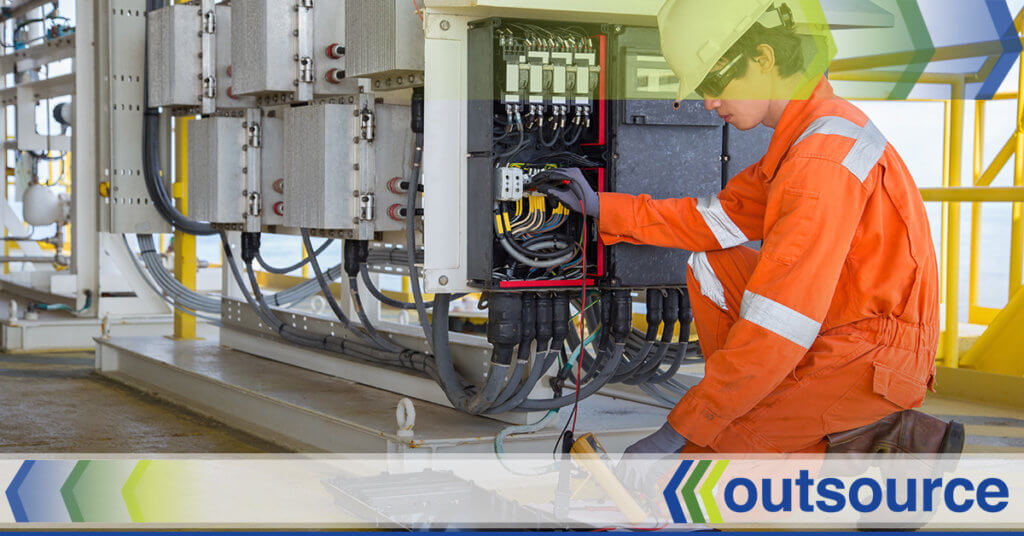
If you have been trying to hire new workers quickly, no one has to tell you it has gotten more difficult. Many businesses are competing for the best candidates, and the pool is not as large as it once was. This competition is forcing hiring companies to refine their methods so they can attract the top talent.
That doesn’t mean your organization can’t be the one that’s bringing in the best of the best. But you might need to do some fine-tuning to your hiring techniques to start finding and bringing in the right candidates.
Here are some suggestions to consider:
Take a Closer Look at Your Job Descriptions
It is harder to attract the right candidates if the job description had insufficient information about the job requirements and the responsibilities of the role. Break down the primary responsibilities of the position and clearly state the skills, experience, and qualifications that you’re looking for from each applicant.
For example, if the job of a cable technician entails the pulling and routing of cable in a commercial environment, make sure you have that in the posting. If you expect the candidate to assist the more experienced technicians with certain tasks, include that also.
How much previous experience must a candidate have? Should they be able to understand schematics and other drawings? Must they have their own tools and safety gear?
Write a job description that accurately reflects the role, and then start on the job posting.
Draft an Appealing Job Posting
The specifics of the job are critical for attracting candidates with the necessary skills, but the rest of the posting should be designed to make the position and your company stand out from the competition.
This part of the posting should include information about the perks your company offers:
- Flexible schedules
- Four-day work week
- Social events
- Gym fees
- Discount programs
It’s also where you’ll to include any opportunities for career advancement, training, and mentoring programs. You can describe the company culture in a positive light, and you can list any other after-work activities that showcase your business as a fun place to work.
Re-think Your Approach to Interviewing
Another effective way to make sure you’re getting the best candidate is to fine-tune your interview techniques. While traditional interviews help you get to know a candidate, they don’t reveal much about many of the soft skills that you’re looking for: teamwork, communication, and creative thinking, for example.
Group interviews might be the answer. When you test your candidates by assigning them a task, the group can assess them on these skills, and your chances of finding the perfect candidate will be much improved.
Outsource Will Help You Find the Best Cable Technicians
Contact the professionals at Outsource. We are the largest staffing firm in the nation specializing in the placement of low voltage and electrical talent.

Discover The Power of Real Partnership
Let's talk about the world of possibilities and how we can partner to make them a reality.
Our Latest Resources
What's new in the world of work? Check out the latest highlights, including staffing trends, top insights and more.
Be Ready to Answer These Questions at Your Next Job Interview
Whether this is your first job interview or you've done several already, you will probably find yourself with a case of nerves as it begins...
Maneuvering Your Job Search Through a Pandemic
A global pandemic means times are uncertain, stressful and even a bit frightening. While the COVID-19 outbreak has not only caused a health crisis it has also caused an economic crisis as well...
















